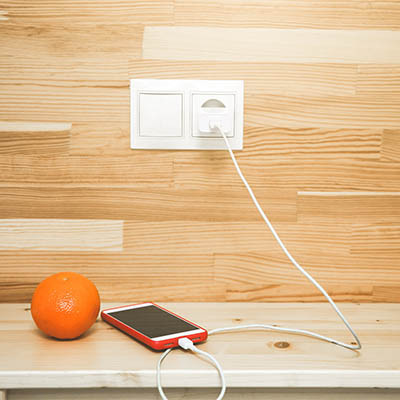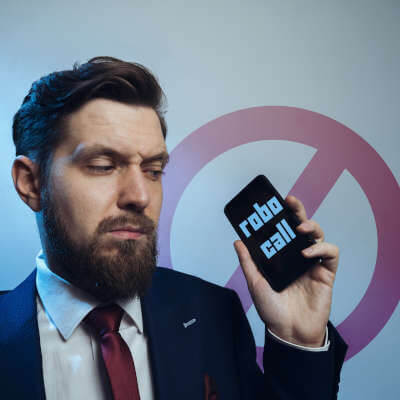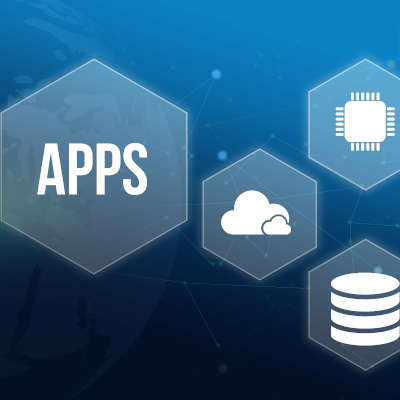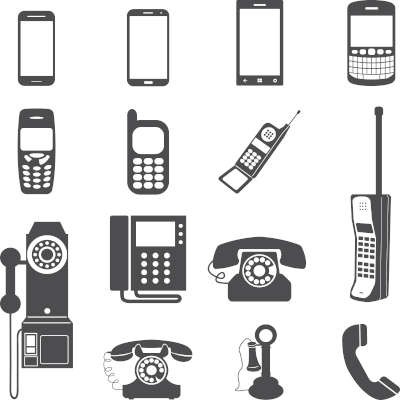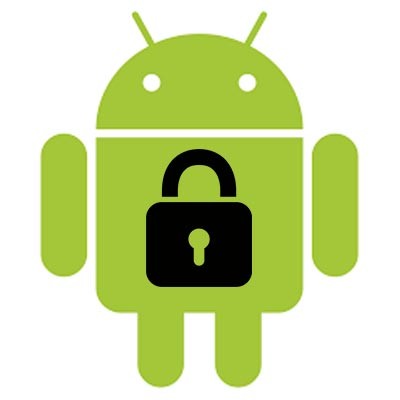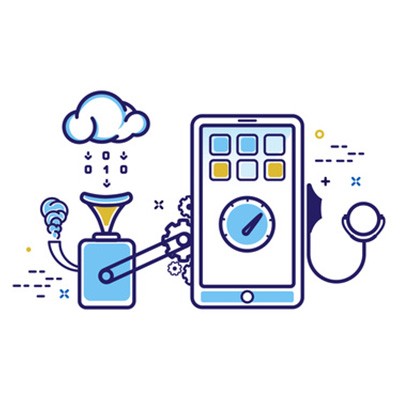BNMC Blog
Of all the small inconveniences that plague modern life, a dying smartphone battery is among the worst of them—which explains how the tendency so many have to constantly keep their phone plugged in came about. However, it’s been said that this is actively bad for the device. Is this still the case? For this week’s tip, we’re diving into the factors that drain your device’s battery, and what the best way to handle this power reserve is.
For a considerably long time—over 40 years—Apple has staked the claim that their devices are pretty much hack-proof, that most hackers wouldn’t even try breaking into their security measures. Law enforcement was so repeatedly rebuffed by the company as they sought workarounds to get into their devices, that these law enforcement agencies figured it out for themselves.
In doing so, they uncovered a few things that even the most ardent Apple fans may be surprised to hear.
Many people have fallen out of the habit of answering their mobile phones when they receive a call, simply because of the rising prevalence that scam calls have seen in the past few years. While these calls are undeniably annoying, they can also be dangerous, which is why it suits your interests to prevent them as much as possible.
Cyberattacks continue to be a major problem as scammers send out billions of phishing messages a day. While it doesn’t really sound that nefarious it can be a major problem for a lot of people. One version of phishing, the absurdly labeled smishing, is gaining traction and presents another avenue of attack for hackers.
Nintendo has announced to owners of their Switch consoles that, if their devices aren’t charged up at least every six months, battery life could be impacted. Now, bear with us: while we realize that this may not seem to be all that pertinent to businesses, it brings up an important practice for businesses to follow: regularly charging even the devices that are used less often.
With a market share of 87 percent in 2019, Android is obviously a popular operating system and has been for some time. With the years that have passed since it debuted in 2008, it has changed shape quite considerably, with many features and capabilities introduced and phased out. Let’s go over the changes that each version brought with it, to see how Android got to the place it is now.
Hold onto your hats folks, this article is a rollercoaster. It has been recently discovered that a totally innocuous photograph is causing smartphones to break when set as the wallpaper. Is this some new malicious type of malware? Are dastardly hackers behind this exploit?
It’s a much crazier story. Let’s take a look
Businesses have been leaning more towards using laptops for their computing needs, thanks to the mobility that they offer while also offering comparable performance to modern desktops. There is an important question that you should be asking, though: can a laptop be left plugged in whenever it is left in one spot? Let’s find out for this week’s tip.
As of September of 2019, research conducted by Verizon states that almost half of enterprises--half--are willing to sacrifice their mobile security in order to gain “advantages” in speed and productivity. This marks an increase from just 2018, when this metric measured at a still-too-high one-third of enterprises. Of course, such behaviors could bring severe consequences.
Data accessibility has never been easier for both you and your workforce, but how do you know if this convenience isn’t also benefitting cybercriminals? Your mobile device contains a vast amount of sensitive information and files which need to be kept secure. This presents the need for some sort of secure management system, which in the tech world is referred to as Mobile Information Management, or MIM.
Does your business use remote workers? If you currently don’t, you should know that there are several benefits of allowing your staff to work outside of the confines of your office, but you have to be careful. These days, with the threat landscape as it is, it is important that if you are going to allow remote workers, that you have a strategy in place. Let’s take a look at some of the tools you will need if you want to take advantage of remote workers.
Bring Your Own Device, or BYOD, is a wonderful alternative to a business investing in high-end workstations. On one hand, it can save your business thousands of dollars by having your employees bring their own devices to the workplace. On the other, it could expose your network to untold risks. How can you strike a balance between the two and help your business prosper?
Advances in technology are changing the way people look at the world. One, seemingly simple way technology changes society is through the access to products. Companies like Amazon and eBay have changed retail forever with their use of the Internet, and today, most businesses prioritize their Internet-facing marketing efforts to find new customers. One industry that has popped up from the use of technology is app-based food delivery. Today, we will take a look at the food delivery industry.
Mobile devices - like smartphones, tablets, and the like - are expected to be used by 2.87 billion people by 2020. That’s a lot of devices, with a good portion of them contributing to business operations. Unfortunately, that’s also a lot of potential security issues if the right preparations aren’t taken in advance.
Smartphones and tablets are a double-edged sword for businesses: on one hand, they are a great money saver if an employee is willing to use their own for business purposes, but this does leave your business vulnerable in a few ways. Fortunately, if the benefits are something you’re interested in, these vulnerabilities are simple enough to shore up with something called mobile device management.
Maps are one of those very basic technologies that are always improving, starting as lines scratched into the ground and now living in our phones and giving us exponentially larger amounts of data. One of the first examples you may think of is Google Maps, which just got a few impressive updates that make the service even cooler.



